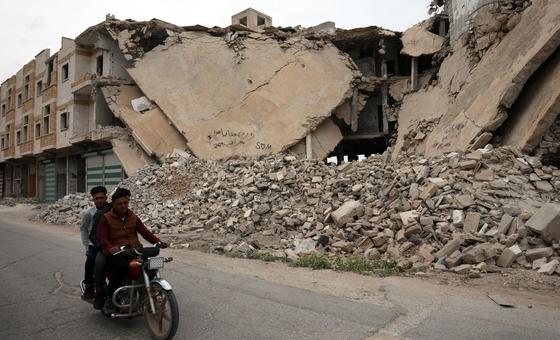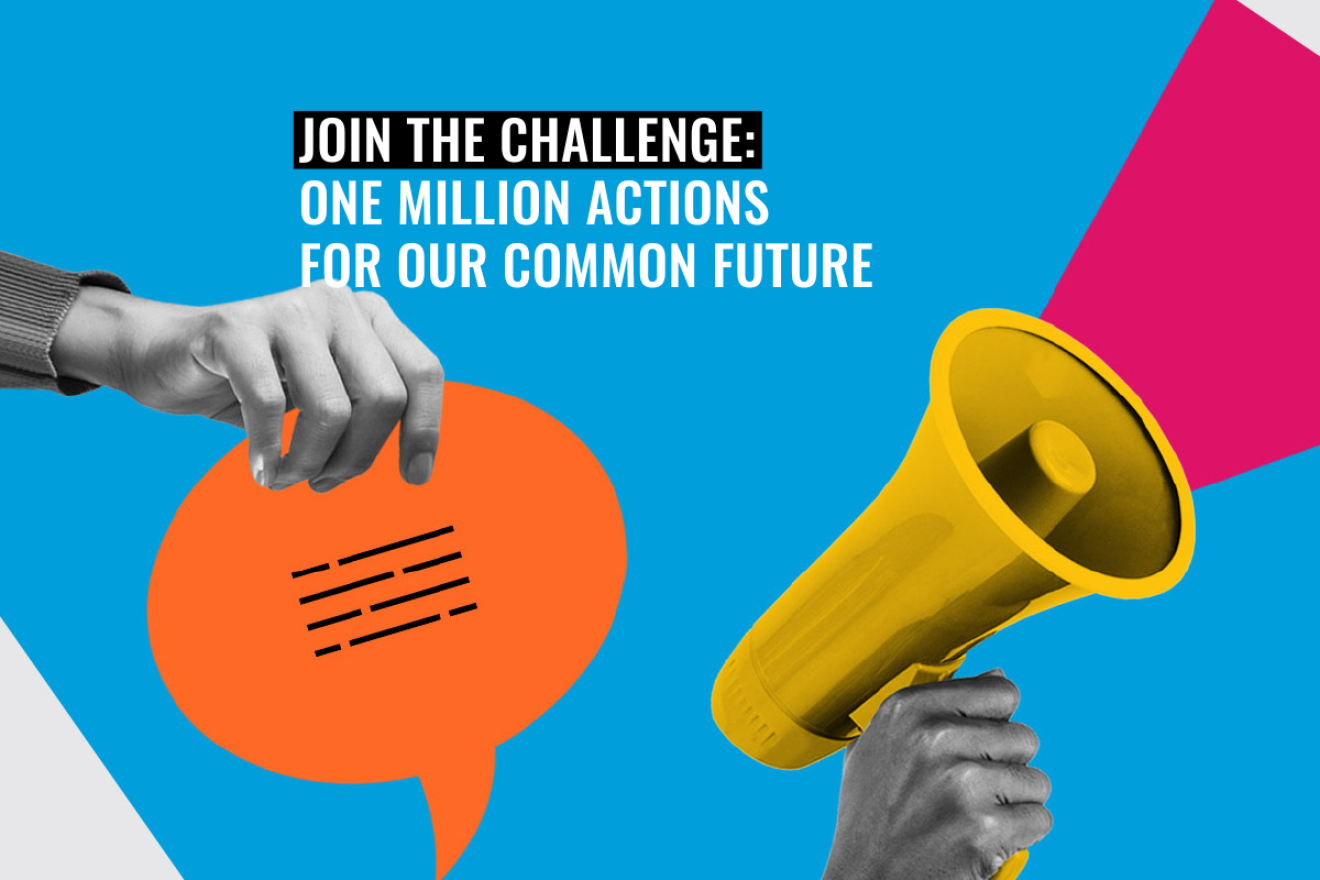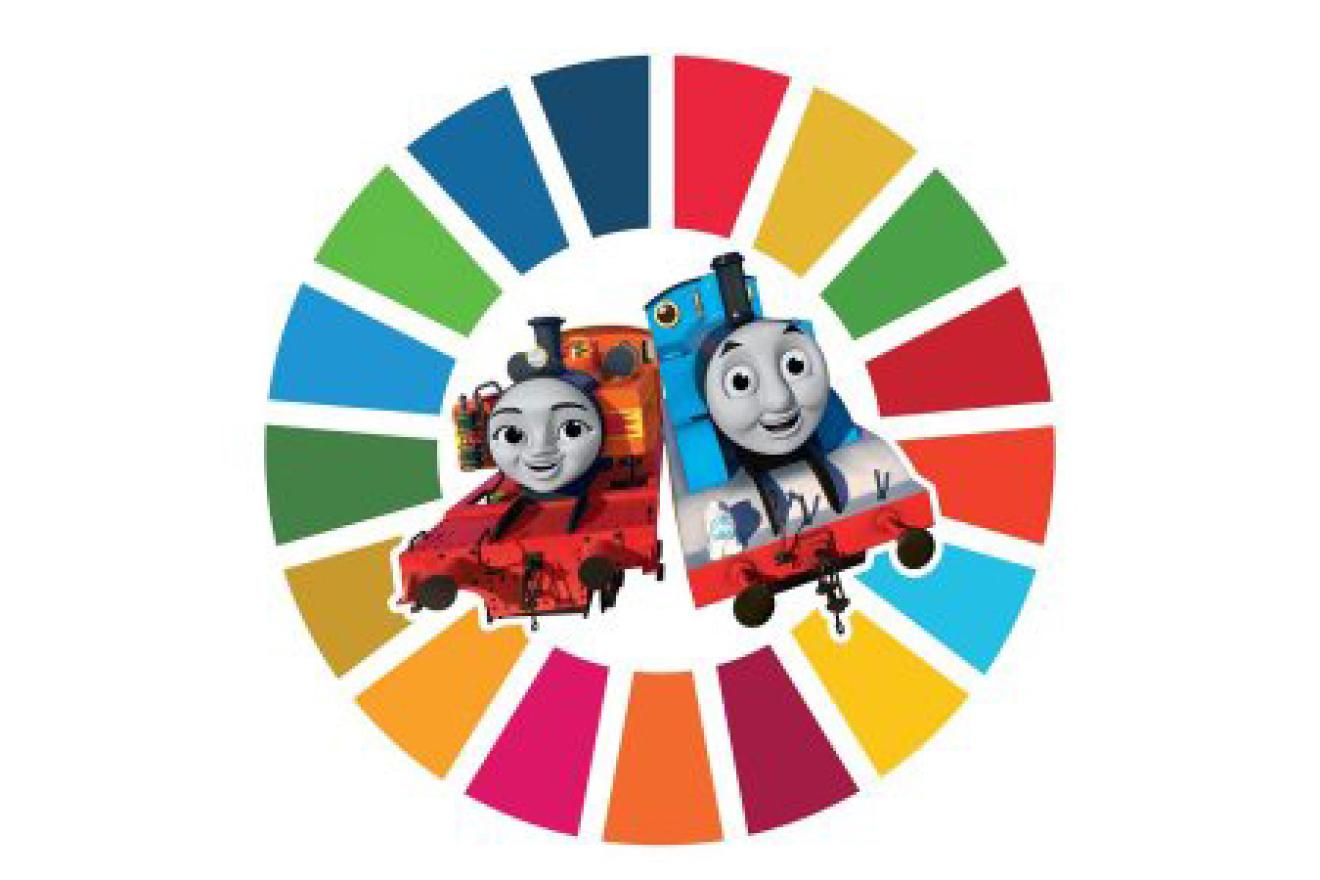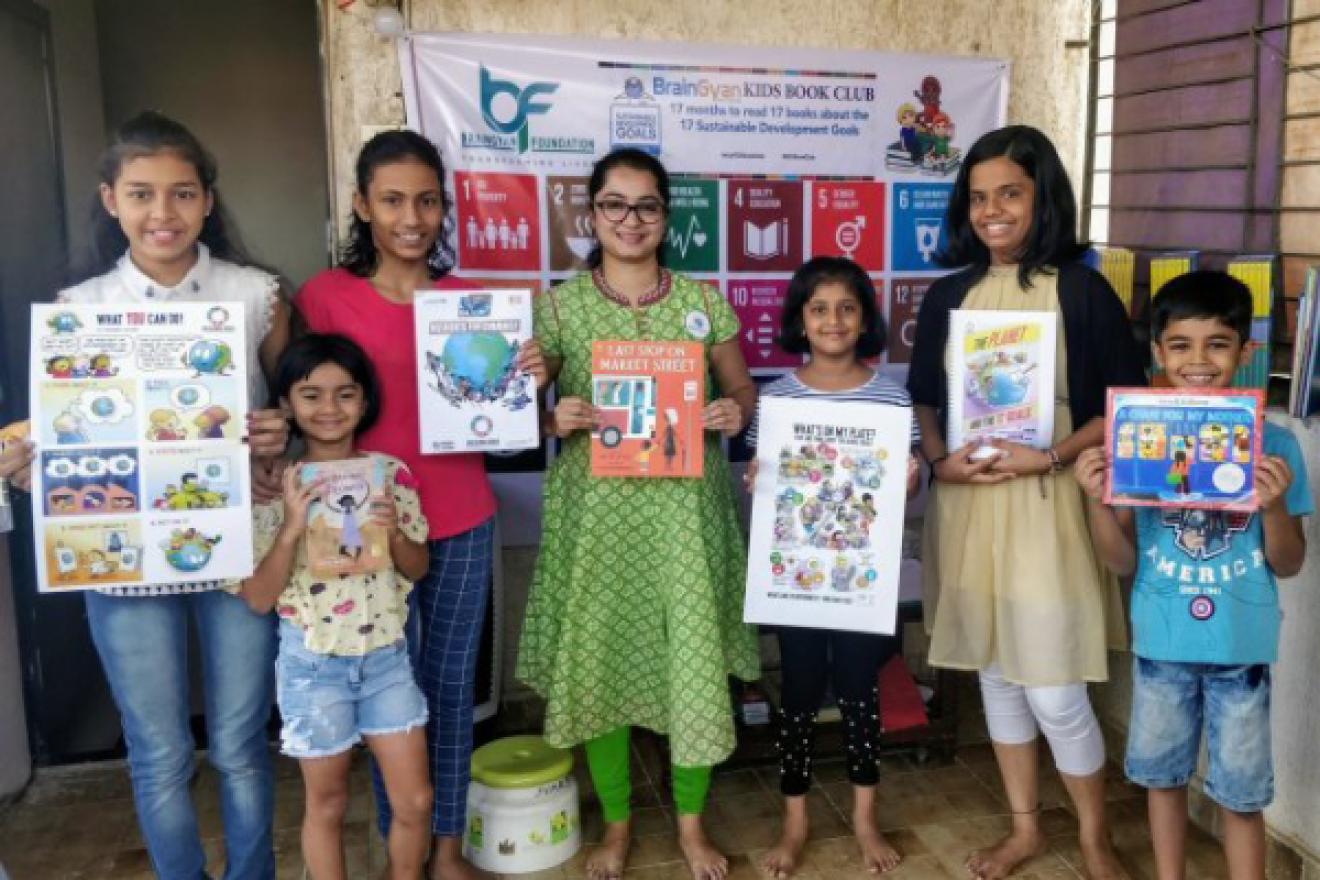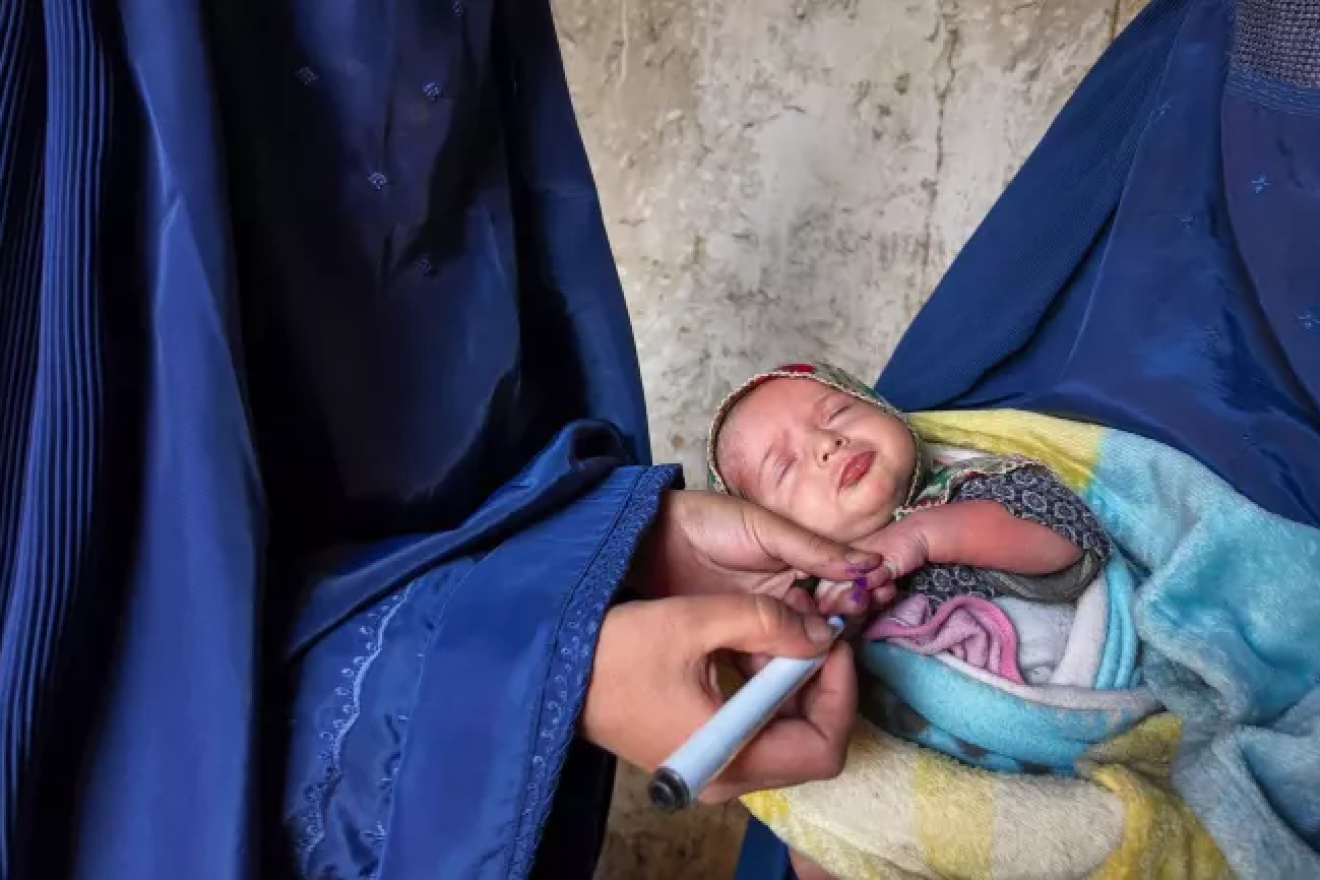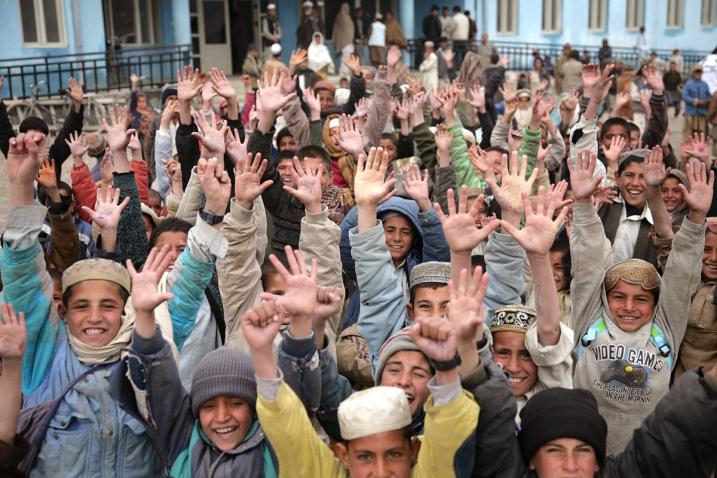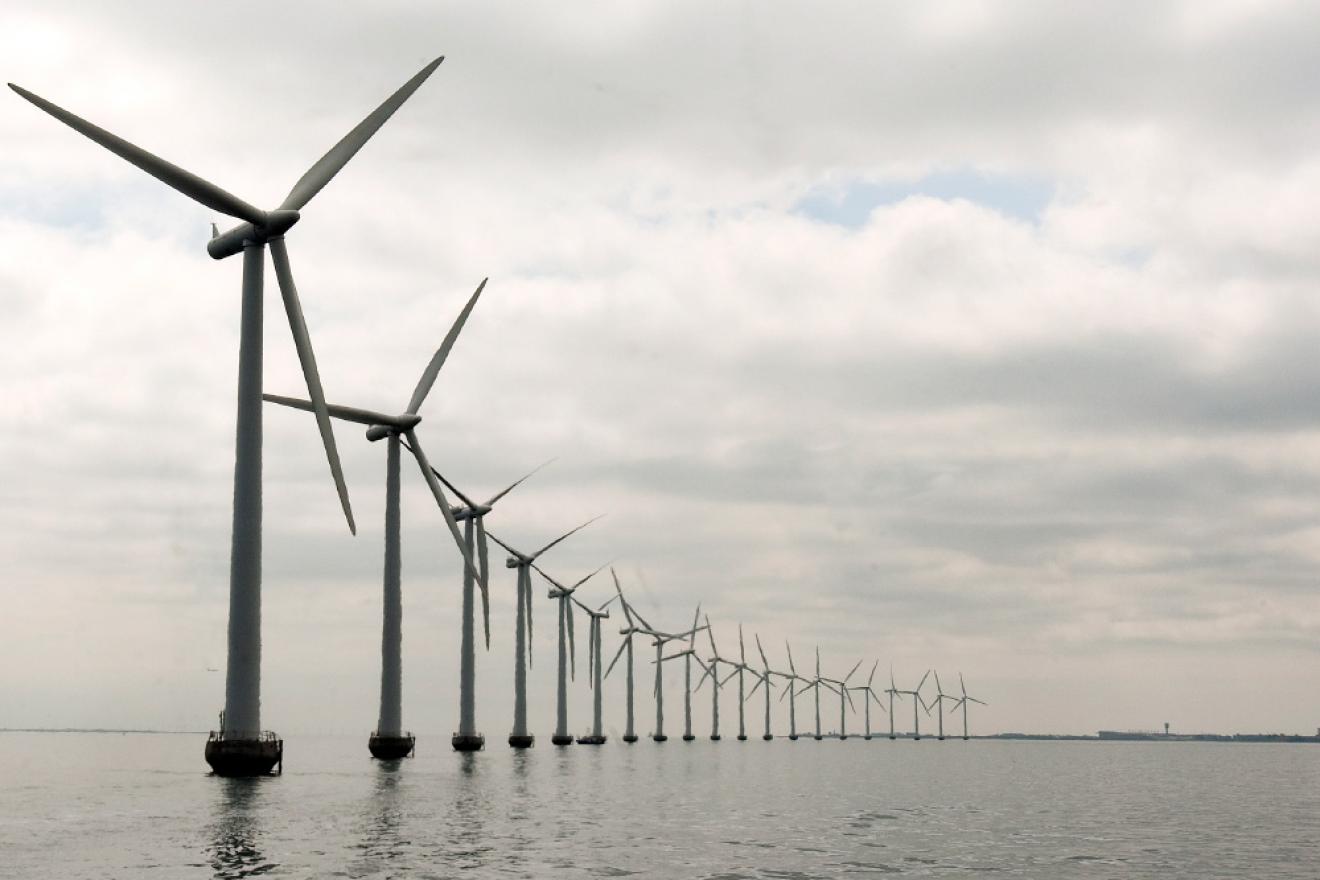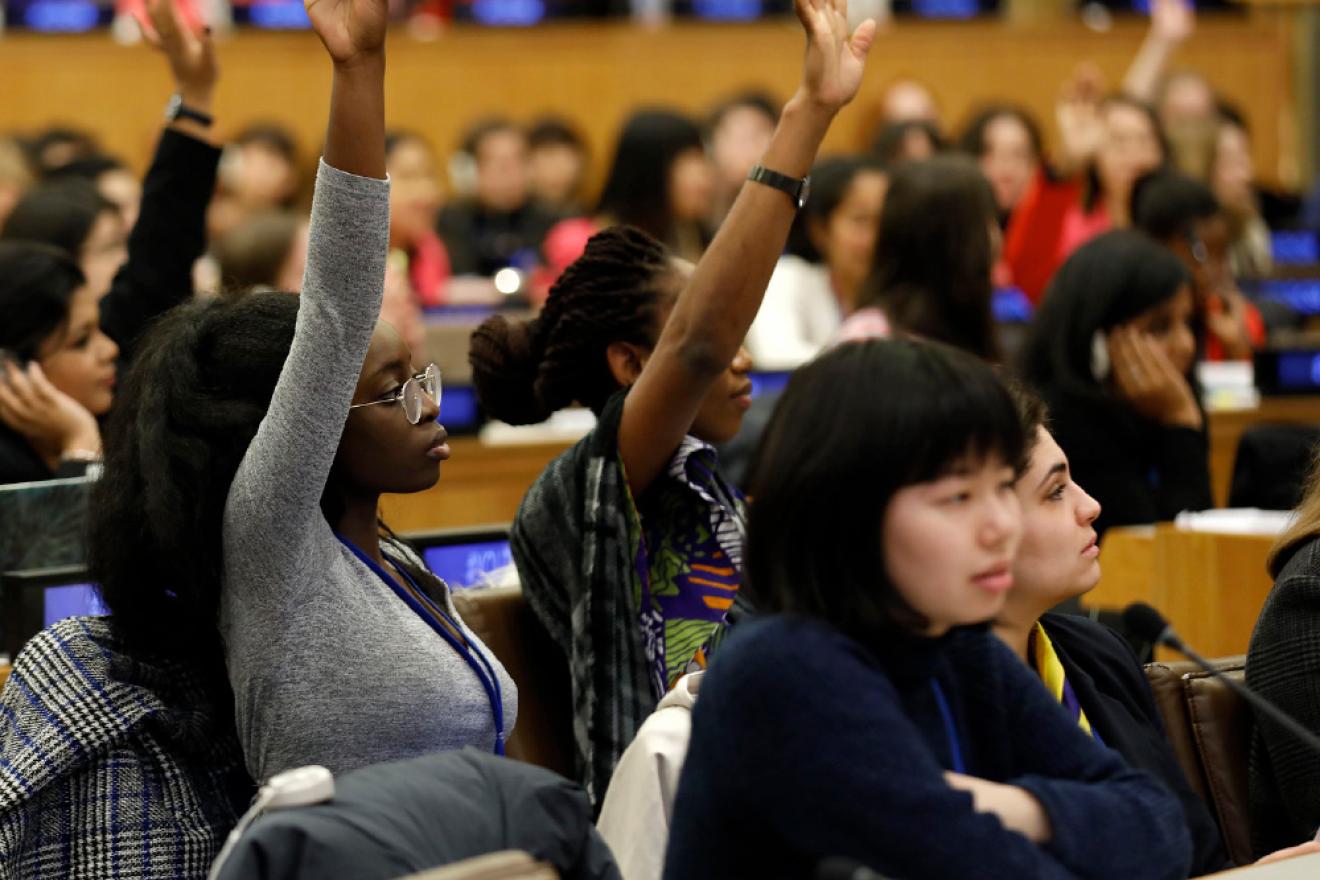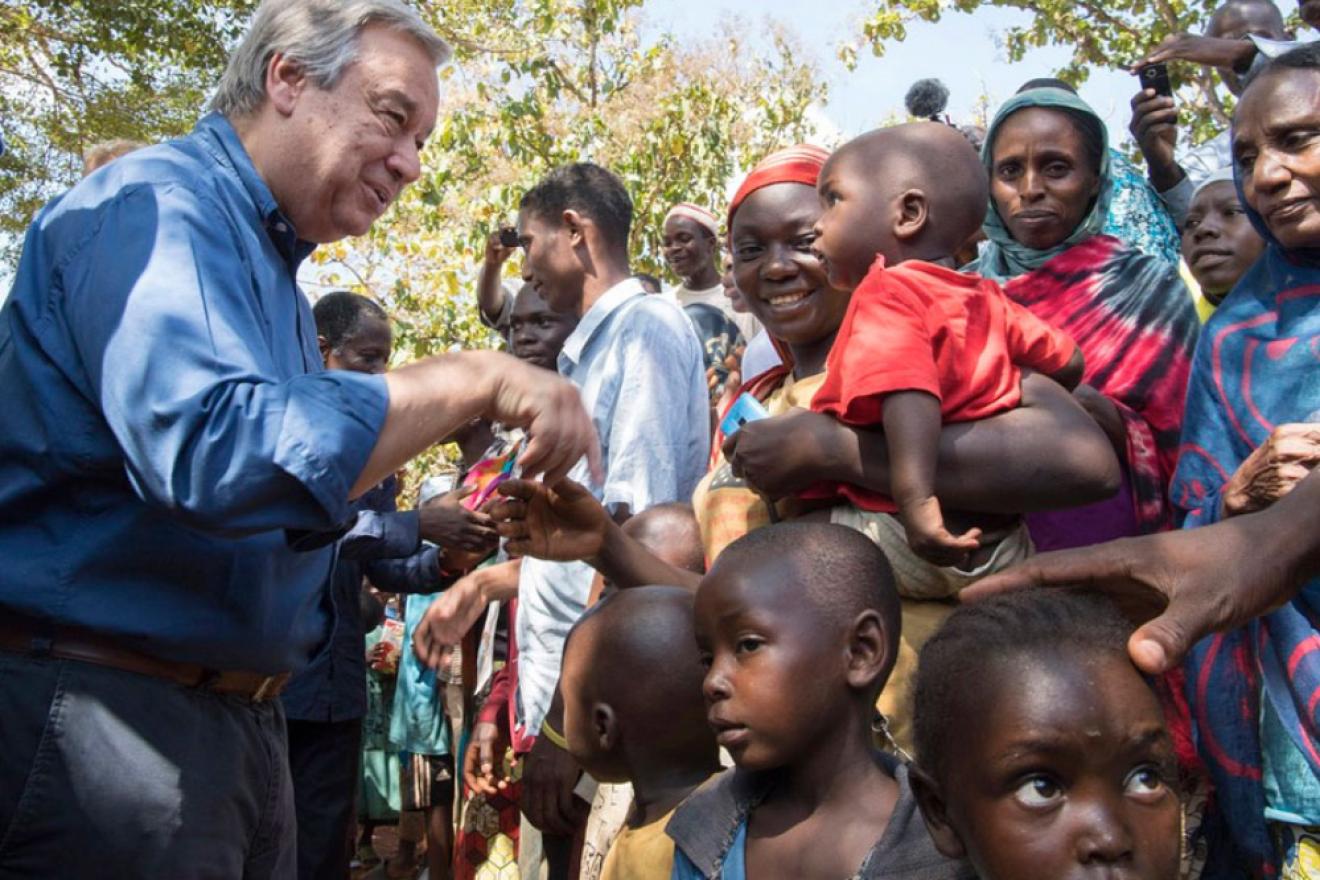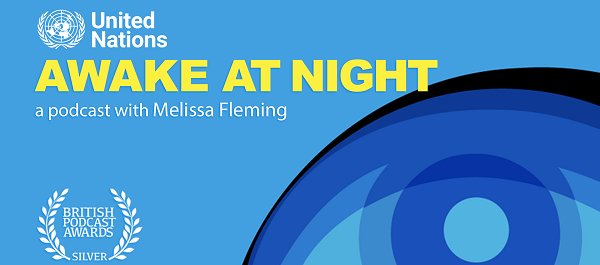ActNow is the UN campaign to inspire people to act for the Sustainable Development Goals (SDGs). In the lead up to the Summit of the Future, join the 1 Million Actions for our Common Future challenge to contribute to a more sustainable and peaceful world. Find new inspiring actions on the app and at un.org/actnow.
It's in our hands to end poverty and inequality
Nelson Mandela’s life showed how one person can turn oppression into unity and justice. His legacy compels us to renew our global commitment to peace, dignity, and equality. This year’s theme highlights that ending poverty and inequality is still in our hands. Mandela believed in grassroots action and the power of communities to drive change. His life continues to inspire the UN as it marks its 80th anniversary. On Mandela Day, we ask people around the world to take action and make a difference in their communities. Let us honour his commitment to freedom, justice, and human rights today and always.


